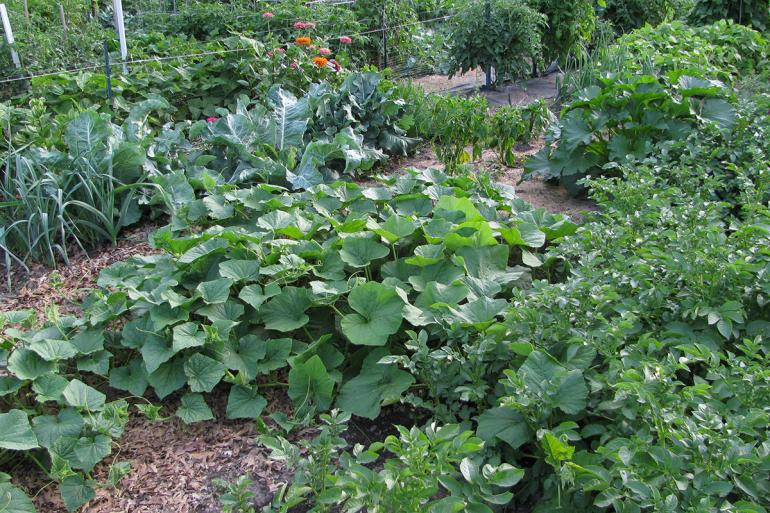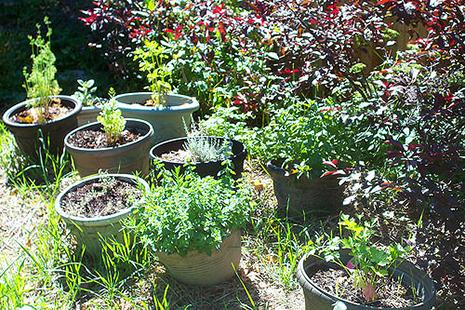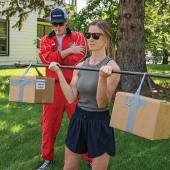Green & Growing
Tips for getting started.
It’s time to shed that winter gear and get outside. But, before you get the car loaded, take three steps and head into your own back yard to firm up those muscles and kickstart a healthy eating habit. What can be better than feasting on your own homegrown veggies? It’s easy to get started, and there are tons of nutritional benefits for you and yours.
Why grow your own?
Gardening is easier and cheaper than going to the gym; you can also do it at your own pace, and involve the family. Many gardening activities—digging, building a raised-bed box, etc.—can burn fat, tone muscle, increase heart rate, help improve bone density, and get you your daily vitamin D. We all know that being outdoors boosts our mental well-being—combined with learning new activities, it relieves stress, lowers blood pressure, stimulates the senses, and builds confidence.
Fresh fruit and veggies are rich in nutrients like antioxidants, vitamins C and A, and folic acid (vitamin B)—and you can’t get any fresher than your own back yard. (Most of what we buy in a store, including organic options, has traveled hundreds of miles to get there.) If you have kids, letting them grow and harvest their own veggies is a surefire way to get them to eat up. You also don’t have to eat food drenched in pesticides—you know what’s gone into your own stuff.
How much space do you need?
Gardening has a long and illustrious history, with famous gardeners creating Renaissance parterres of chamomile, walled gardens of potatoes, and glass houses of exotic fruits. Most of us don’t have the space, time, or inclination to go to those lengths. You can go as big or small as you like: pots of herbs on your windowsill, tubs of tomatoes on your patio, raised beds of radishes in your yard, or flowerbeds of gooseberries and currants. Better still (once you’ve got the hang of it) ditch the water-hogging lawn, and plant spuds instead. Raised beds are a quick and easy way to start for root vegetables, squashes, and brassica.
What to grow?
Tomatoes and peppers are among the first seeds that many new gardeners start with—you can’t beat the earthy full taste of tomatoes off the vine. Montana has a short growing season, and a danger of frost, but here in Bozeman we get plenty of sunlight. Unless you make a cloche (a miniature greenhouse), pick plants that will tolerate the cold or a light frost. MSU Extension and most good nurseries can offer loads of advice. Beets, kale, radishes, onions, and spinach can be planted straight into the ground, can handle low soil temperatures, have frost tolerance, and don’t necessarily need full sun. Get gooseberries as container plants and transplant them in the sun—use supports and tie up stems to make harvesting easier.
Plan and prep early, but wait for a couple of warm days to plant. If you didn’t spend winter on the slopes, start gently—warm up and stretch before you get going. Intersperse more intense aerobic activities like turning compost and digging, with more gentle tasks like sowing seeds and weeding (and admiring your hard work, and thinking about what you can spend the money on that you just saved…).









